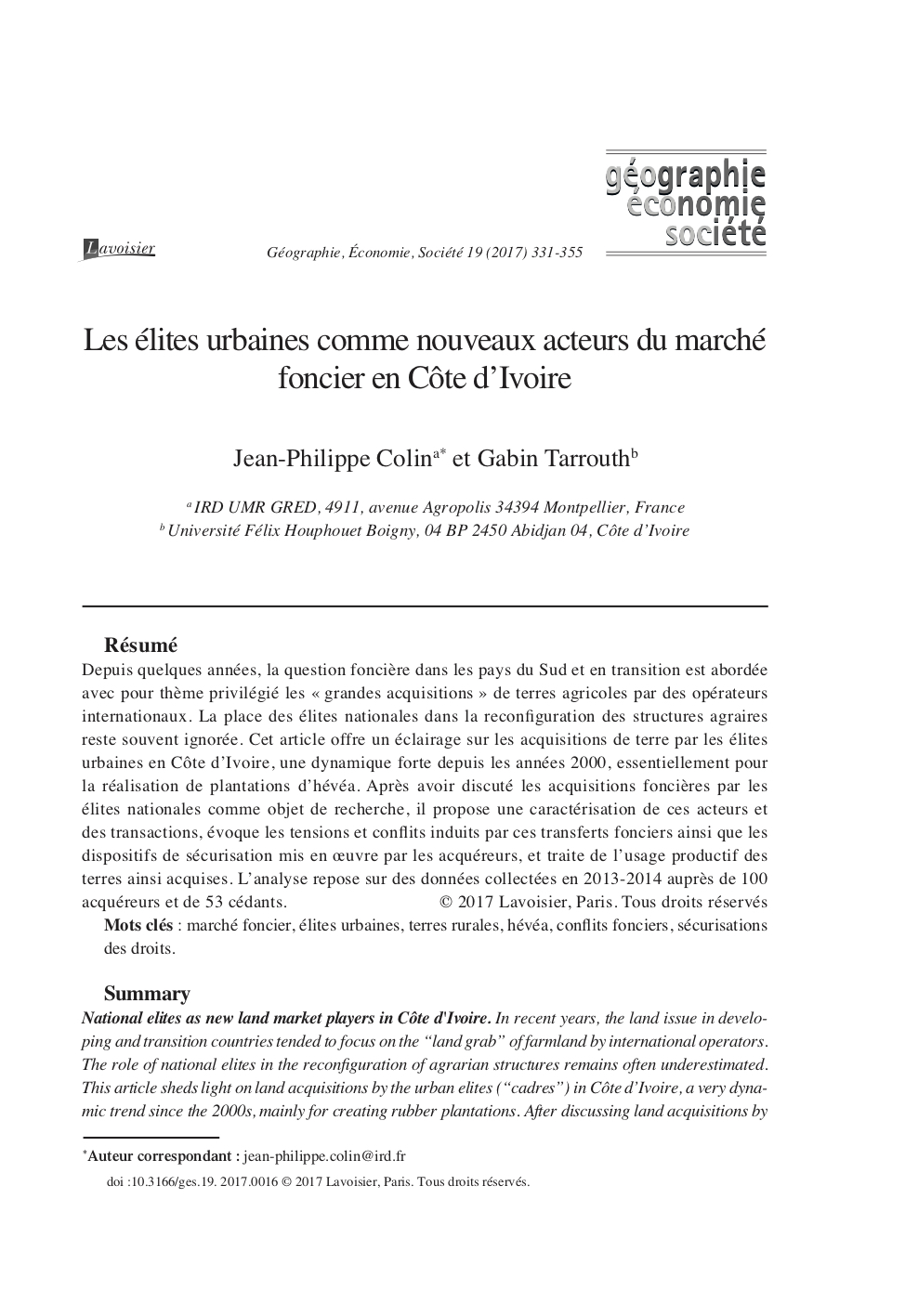Inside and outside the maps: mutual accommodation and forest destruction in Cambodia
This article focuses on how climate change mitigation policies and economic land and mining concessions in Prey Lang, Cambodia, accommodate and facilitate each other physically, discursively and economically. Maps and project descriptions reveal that climate-related policies and extraction coexist in the same landscape, even the same projects. Knowledge co-produced by the authors and affected individuals suggests that climate change mitigation initiatives are not only intimately linked to economic intensification in Prey Lang, but they also contribute to conflict and dispossession.





